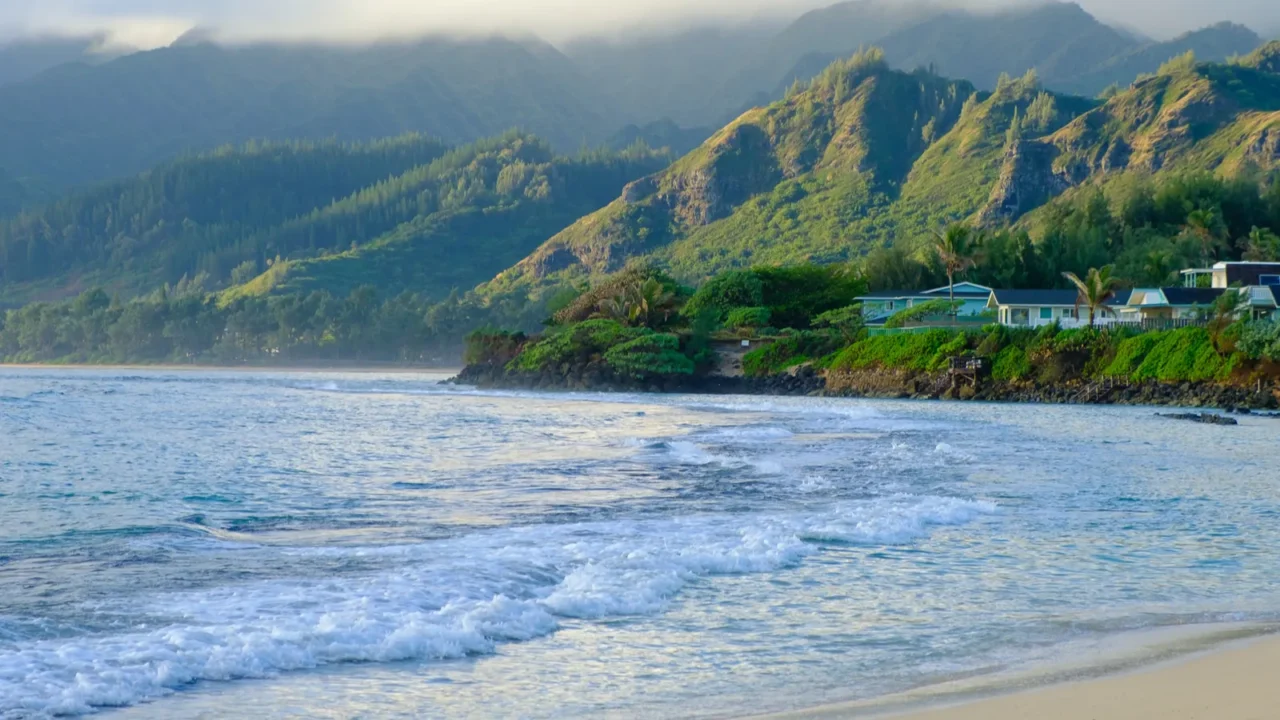
Aloha, but at what price?
Hawaii has long been a dream destination, with its turquoise waves, volcanoes, lush forests, and a warm aloha spirit. But in May 2025, Governor Josh Green signed a landmark law, “Act 96,” introducing what’s called a “Green Fee,” raising lodging and cruise taxes. The fee aims to fund climate resilience, wildfire prevention, beach restoration, and more.
Not everyone sees the move as paradise preserved. While some support sharing responsibility, others believe the fee will harm tourism, increase costs, and compromise Hawaii’s competitive edge. The debate between protecting paradise and preserving prosperity is heating up.

What exactly is the green fee?
The Green Fee under Act 96 adds 0.75% to the state’s transient accommodations tax (TAT), raising it from 10.25% to 11%. It also extends to short-term vacation rentals and, for the first time, cruise ship fares prorated by days spent in state ports.
Combined with county lodging surcharges (~3%) and other excise taxes, visitors could pay nearly 19% total on lodging. The fee is expected to generate around US$100 million annually to fund climate protection, shoreline restoration, wildfire risk reduction, and more.

Why now? What prompted the move?
Hawaii’s recent history includes the devastating 2023 wildfires in Maui that killed over 100 people, destroyed homes, and damaged tsunami-prone infrastructure. Rising climate threats from shoreline erosion to invasive species made it urgent for lawmakers to fund disaster resilience.
Tourism, while essential to the islands’ economy, is stressing ecosystems, local infrastructure, and housing. Advocates argue that visitors should contribute to preserving what draws them in. For many locals, the fee is a way to share responsibility so paradise doesn’t vanish.
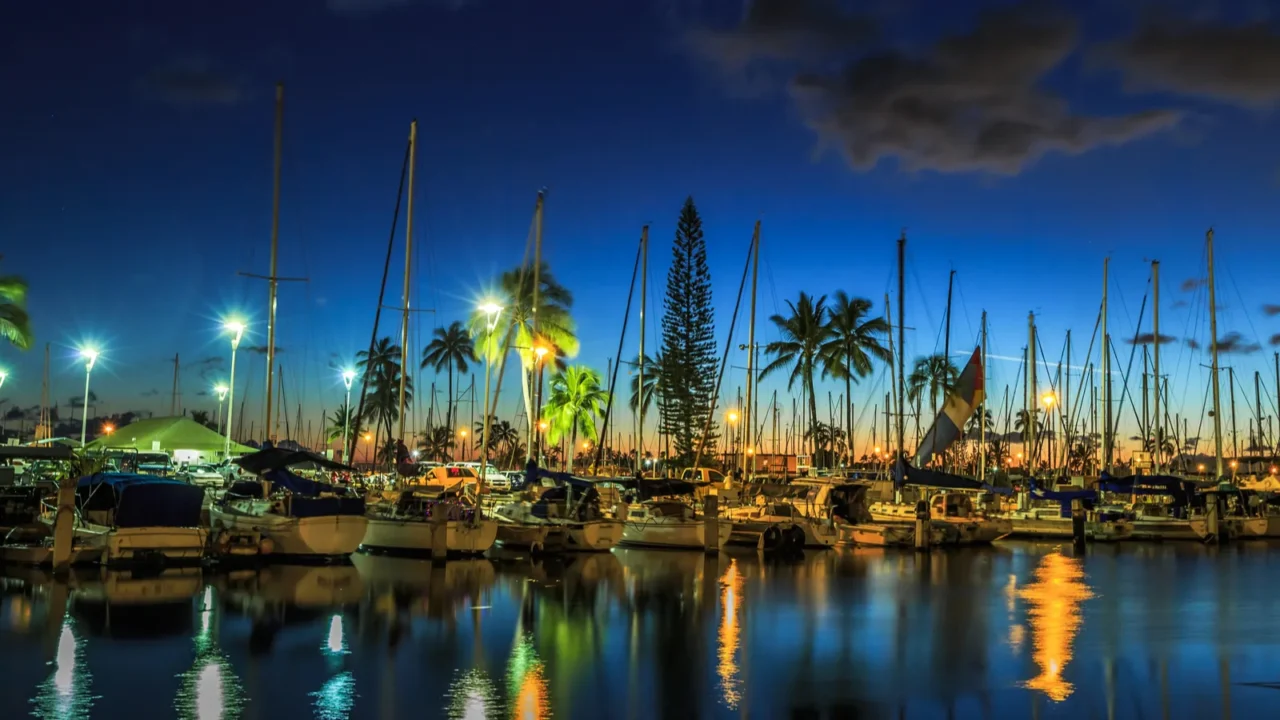
Tourists impacted
Anyone booking a hotel, vacation rental, or timeshare will see lodging rates increase thanks to the added 0.75%. Cruise ship passengers will also see new taxes added to their fares, with fees prorated by days spent docked in Hawai‘i.
To put it in perspective: for a $400 hotel night, the extra cost is $3. That seems small per stay, but adds up across millions of visitors over time. Some worry gear, experiences, parking, and food will also see ripple costs.
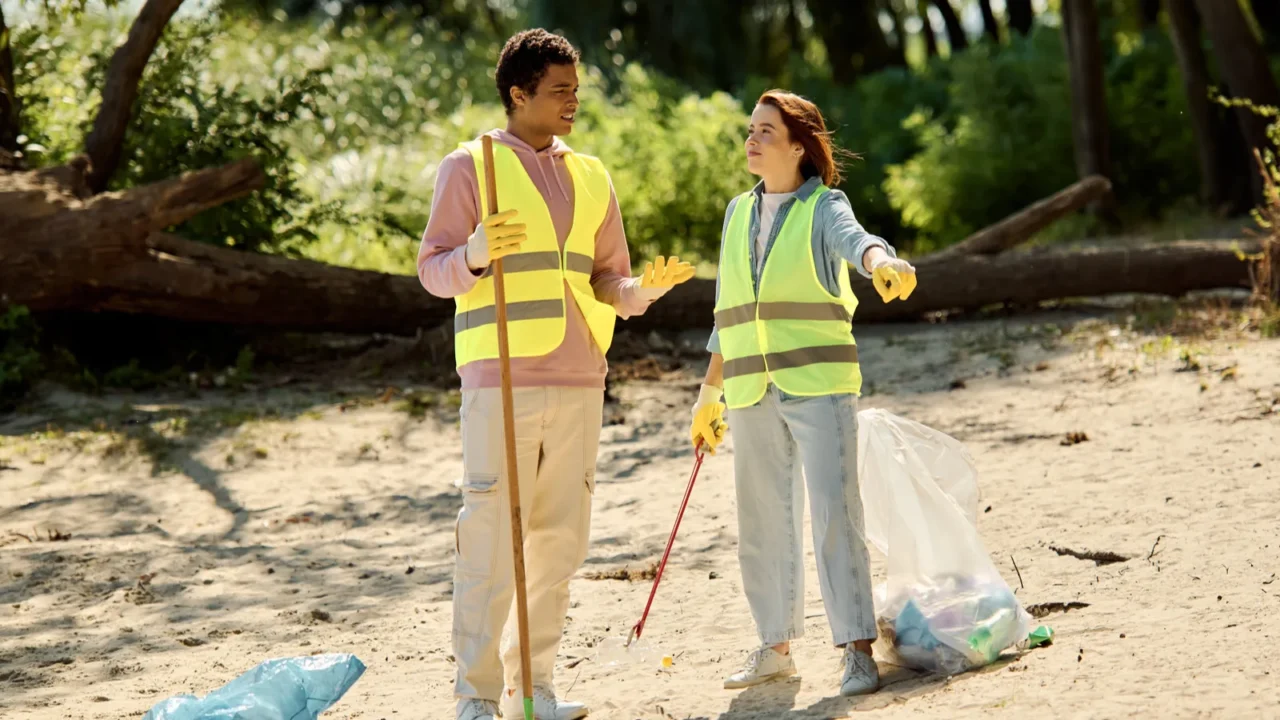
Support from environmentalists and officials
The law has strong backing from environmental groups, climate advisors, and many local officials. They see the fee as essential for protecting reefs and beaches, controlling invasive species, building resilient infrastructure, and preventing future wildfires.
Governor Josh Green said the fee is a “fair process to those who come to visit” and a path toward long-term survival of beloved places. Supporters believe this move could set a national model for responsible tourism.
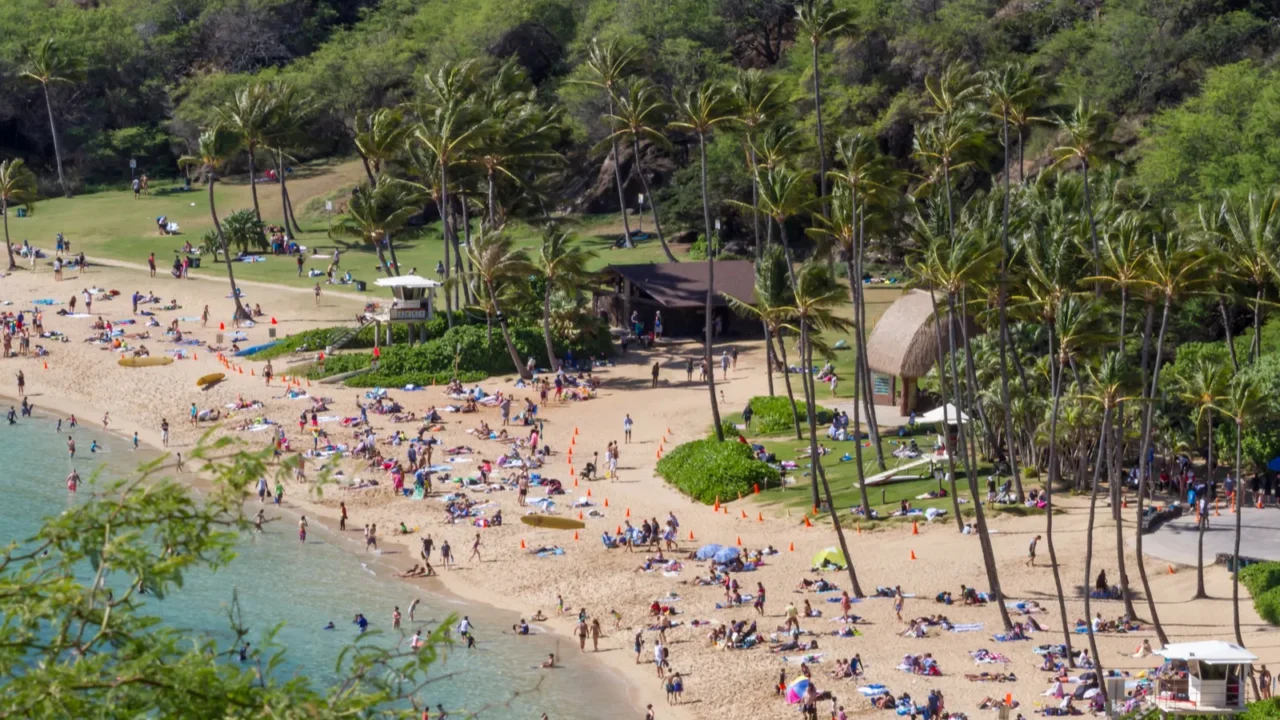
Opposition voices and concerns
The tourism industry warns of unintended fallout. Cruise companies sued, saying the law violates several federal clauses, could drive away customers, and hurt businesses dependent on tourist traffic.
Many locals worry the extra cost will discourage mid-budget travelers. Some argue Hawaii already has among the highest tax burdens for visitors in the U.S., and increasing it risks making it feel out of reach.
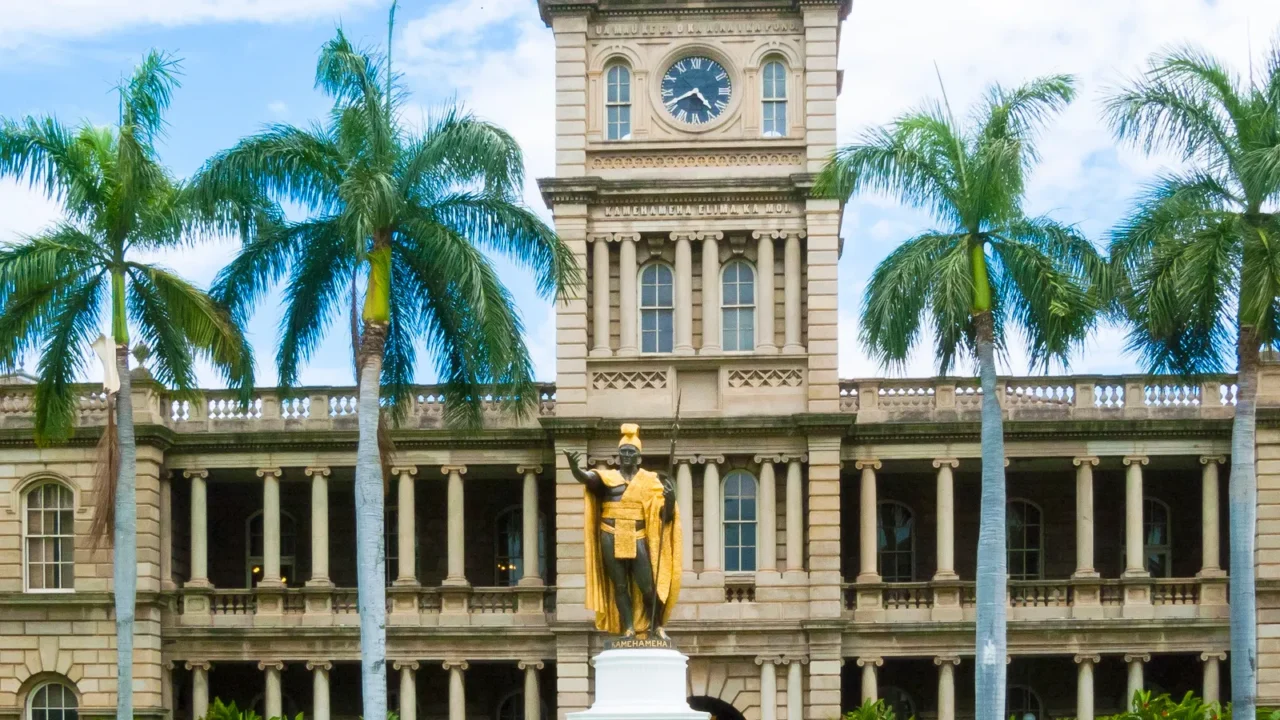
Legal challenge unfolding
A coalition led by the Cruise Lines International Association has filed a lawsuit in Honolulu to block parts of the law, especially the cruise-ship tax portion. They argue it violates the U.S. Constitution’s tonnage clause, navigational laws, and could shape travel choices years ahead.
The legal debate could delay or change how the fee is enforced. There’s also concern about how the money will be used, oversight, and whether the promised environmental projects will deliver the hoped benefits.
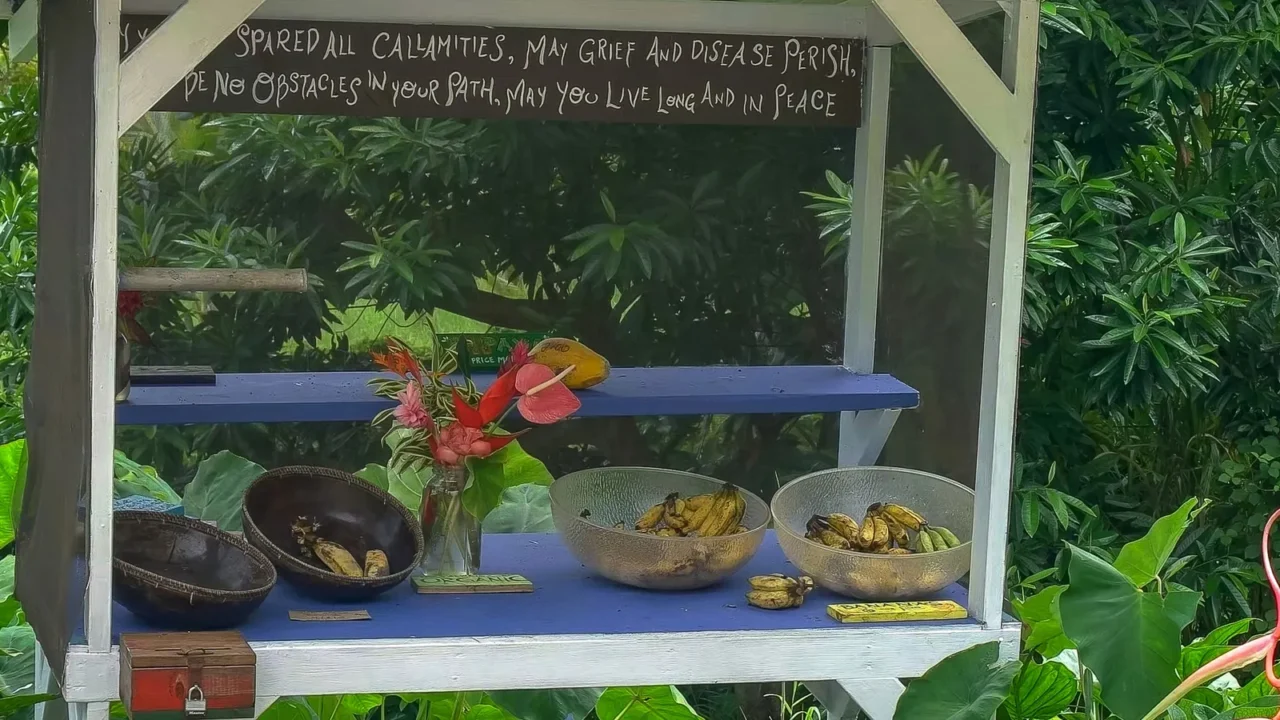
How much will locals feel it?
Most of the new burden is aimed at visitors, but locals may feel side effects. Higher costs for lodging can ripple into tourism-related services like dining, transport, shops, and experiences locals use or depend on.
Additionally, tourism dominates many islands’ economies. If visitor numbers dip, local jobs and incomes could be hurt. Yet many locals feel the natural beauty that defines Hawaii is not replaceable and must be preserved.

Cancel or adjust?
For budget travelers or families, even small increases matter. Some might shift travel periods, cut down nights, pick cheaper accommodations, or skip cruise options. Others could choose other destinations entirely if perceived value drops.
But others might stay undeterred, especially those already invested in sustainability or who view the extra cost as part of respecting the land they want to experience. Hawaii’s brand as pristine and sacred could draw those who welcome paying more for preservation.
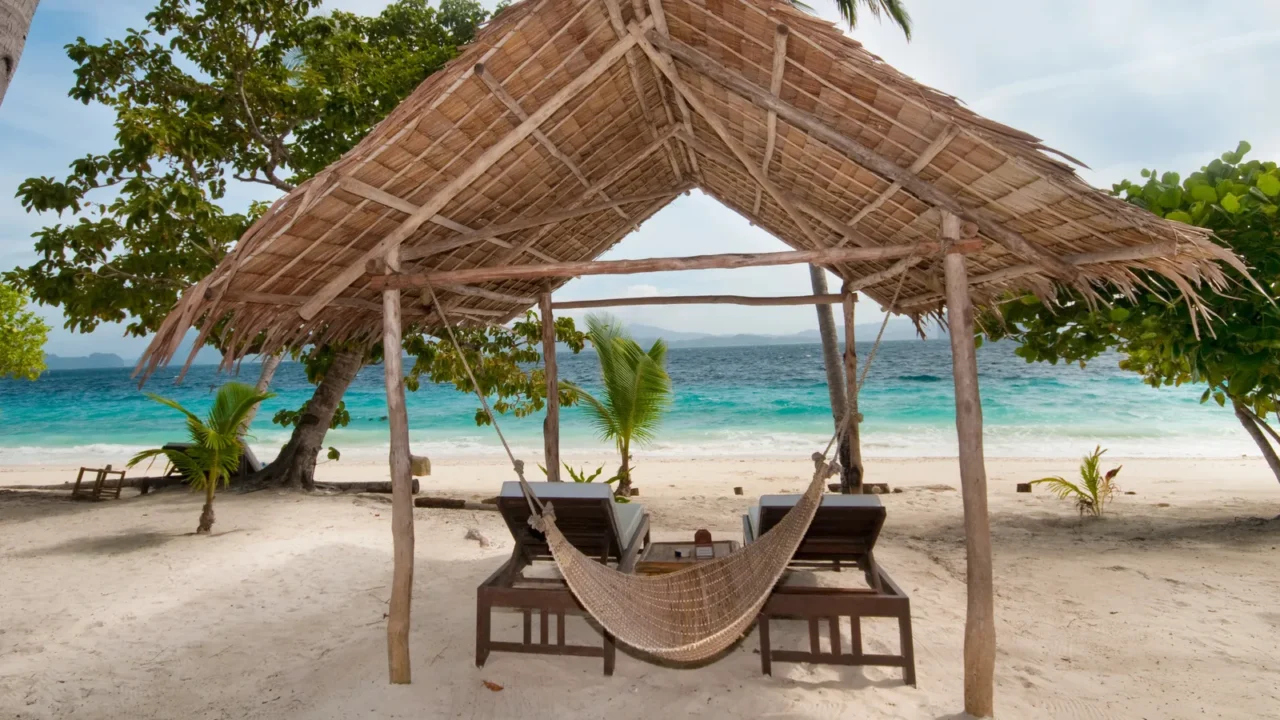
Economics trade-off and industry views
Some hotel and tourism boards signaled support, suggesting long-term benefits like enhanced visitor satisfaction, better infrastructure, and more resilient natural features will protect the tourism product.
On the other hand, businesses that operate on thin margins fear that greater taxes will squeeze profitability. Cruise firms especially warn of steep revenue losses. The question would be, is short-term pain worth long-term gain?

Transparency and accountability
Supporters stress the importance of transparency. They say detailed reporting, citizen oversight, and clear accounting of how funds are spent will build trust with both locals and visitors.
Without that, critics argue, this might become another vague tax where funds vanish into general budgets or get misallocated. For many, proof of results such as saved beach erosion, fewer wildfire threats, and restored reefs will determine whether this fee earns public support.
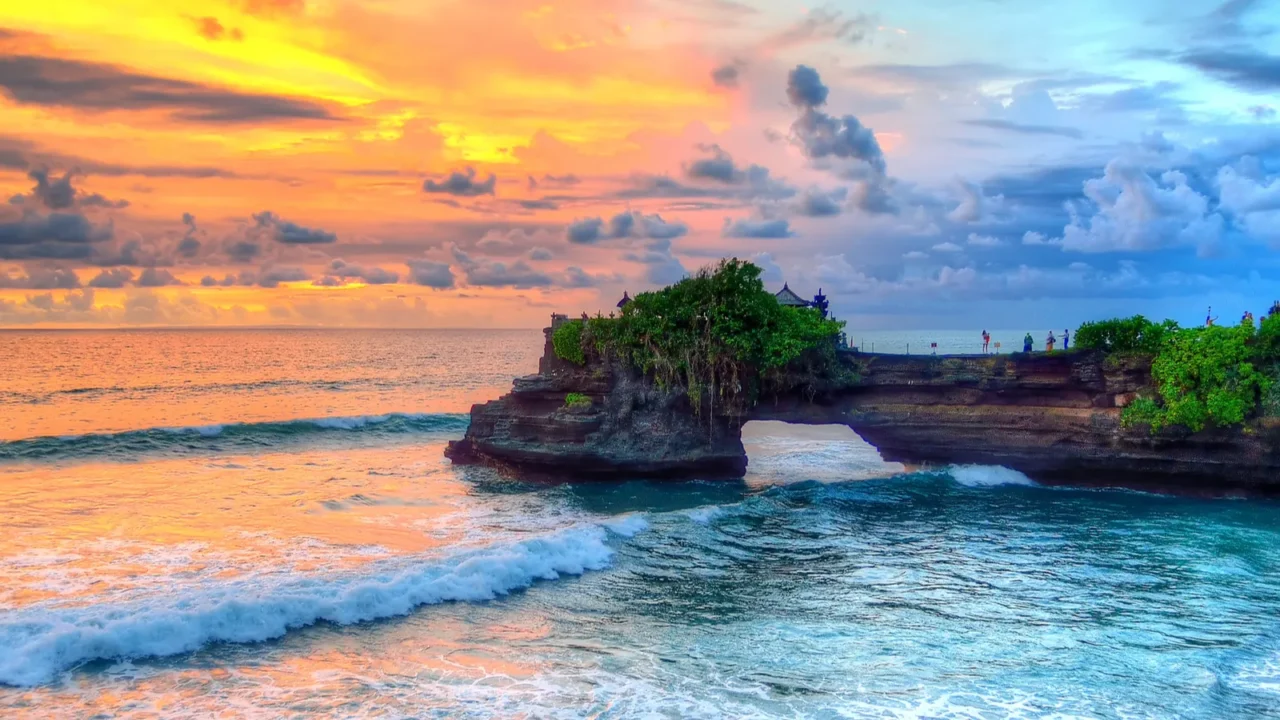
Who else does this?
Hawaii is not alone. Other destinations like Bali, New Zealand, the Maldives, and many European cities have adopted environmental or tourist-levy taxes to protect fragile ecosystems while offsetting tourism-related damage.
These fees often follow transparent programs showing how money restores nature, protects heritage, and balances visitor loads. Early signs show fees don’t always scare away tourists; often, visitors respect destinations more when they believe in the cause. Hawaii’s experiment will be watched closely.
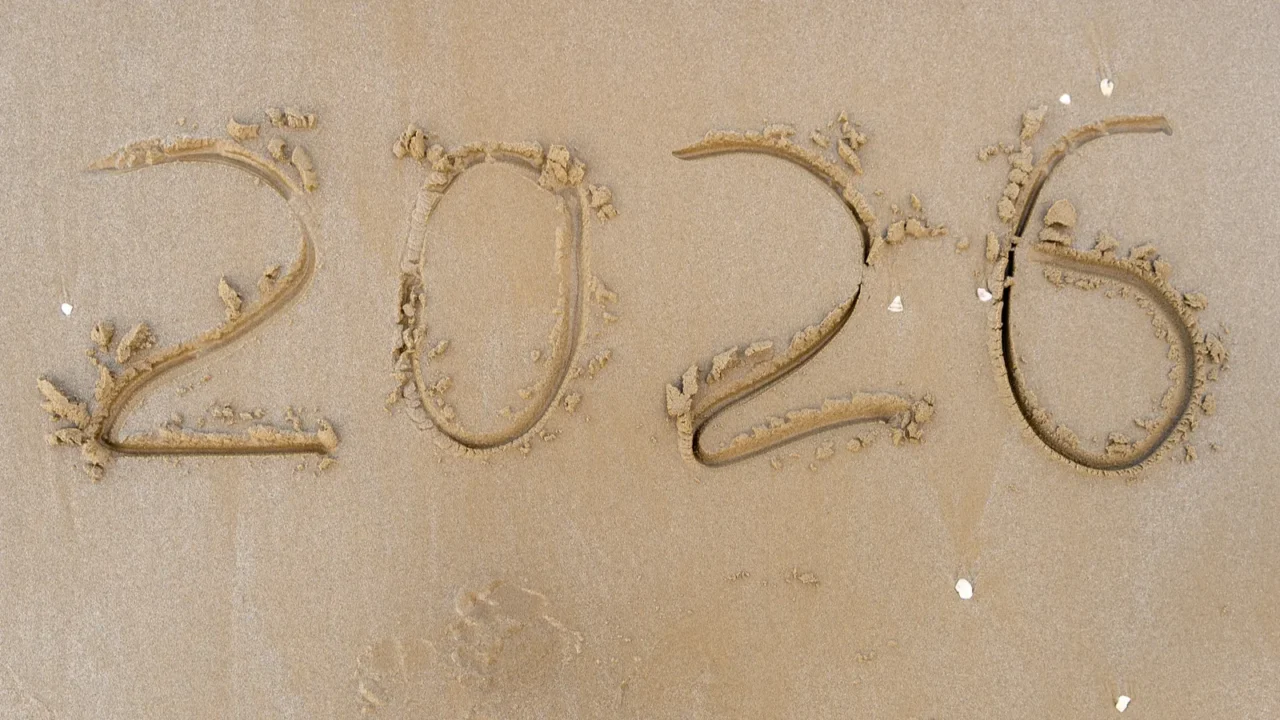
What might happen by 2026?
Starting January 1, 2026, the Green Fee will kick in for lodging. Cruise-ship tax begins in mid-2026, prorated by port days. Visitors will start seeing the extra cost line items on bookings.
Environmental projects are expected to ramp up: shoreline protection, wildfire prevention measures, erosion control, and invasive species removal. With enough revenue, Hawaii hopes to shore up its infrastructure to prevent future disasters and preserve its natural beauty. How fully these goals are met depends on political will and oversight.
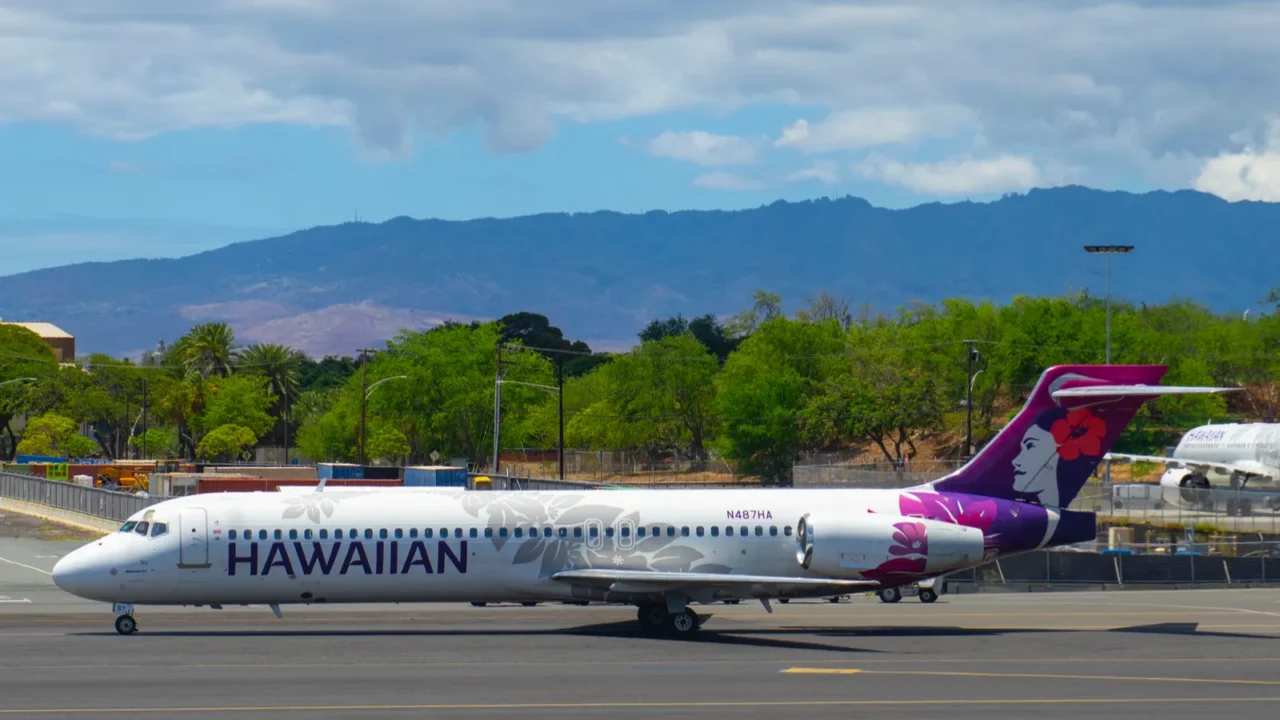
Risks and pitfalls
There is a real risk as visitor numbers could drop, especially in off-peak seasons. Negative perception (tourism fee, rising costs) may push travelers toward cheaper island or mainland options.
Also, if funds are misused or not clearly tied to visible improvements, backlash could grow among locals and visitors. And legal battles may delay implementation. If promises don’t match outcomes, this might damage Hawaii’s reputation more than help.
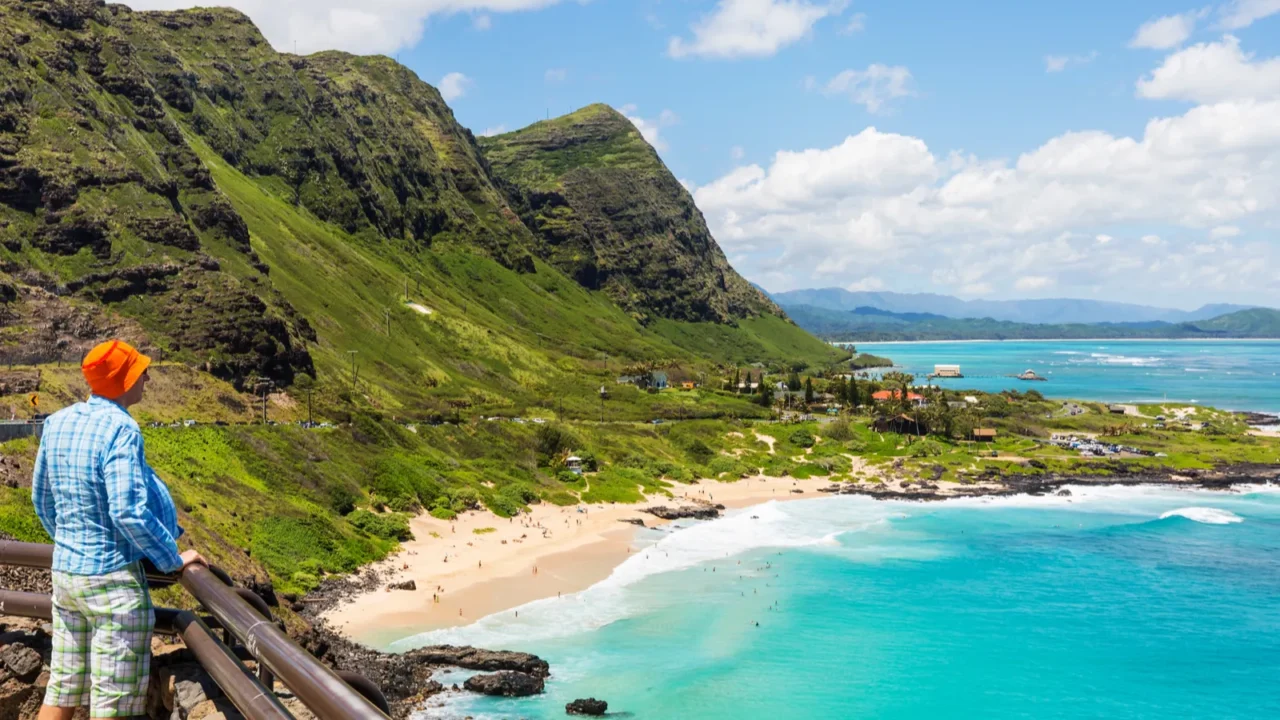
How Hawaii can get it right
For this to succeed, Hawaii leaders must keep the public in the loop. Regular reporting of where the money goes, independent audits, and community input will help reassure both locals and tourists. Also, prioritizing visible projects, such as restoring beaches, wildfire defenses, and protected parks, will build trust. Transparency isn’t optional.
Recent travel updates, like Hawaiian Airlines drops several low-demand routes, show how the industry is already adjusting to changing visitor patterns and sustainability pressures. Balancing cost burden is also key, maybe waiver programs, off-season incentives, or targeted relief for smaller businesses.
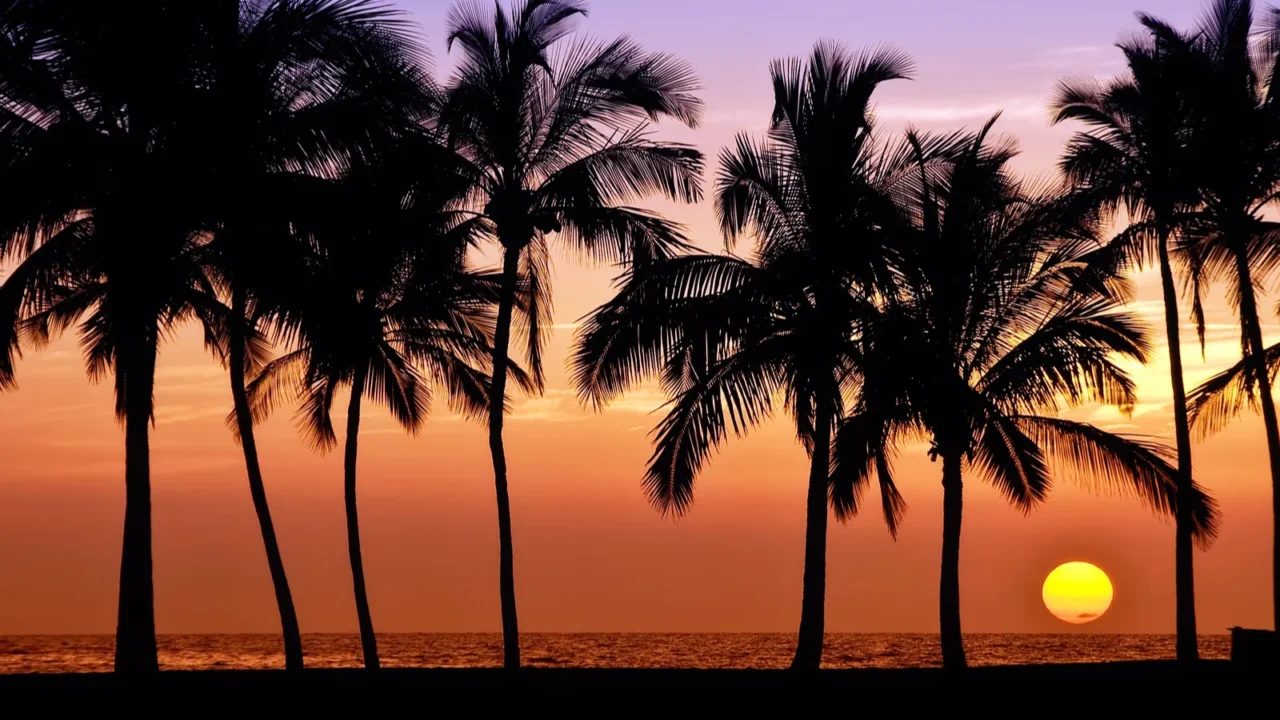
Paradise, pricing and purpose
Hawaii is at a crossroads. The Green Fee represents a bold attempt to merge tourism with environmental responsibility that ensures the vivid reefs, lush valleys, sandy shores, and aloha culture endure for future explorers. It asks visitors to pay a little more so paradise holds on.
Even with rising costs, the islands remain irresistible. Travelers can still find magic in simple moments like chasing golden skies at the best sunset spots in Hawaii to see this summer. Whether this fee achieves its promise depends on implementation, fairness, and trust. If done well, it might become a model for other places relying on visitor dollars. If mismanaged, it risks becoming another burden.
What’s your take on Hawaii’s new tourism fee for climate protection? Would an added cost change your travel plans, or do you see it as a fair way to protect paradise?
Read More From This Brand:
- You’re Not From Hawaii If You Mix Up the Maunas
- Australia stays strong as a bright spot in U.S. tourism
- Anti-Tourism is real, avoid these summer hotspots
Don’t forget to follow us for more exclusive content right here on MSN.
This slideshow was made with AI assistance and human editing.